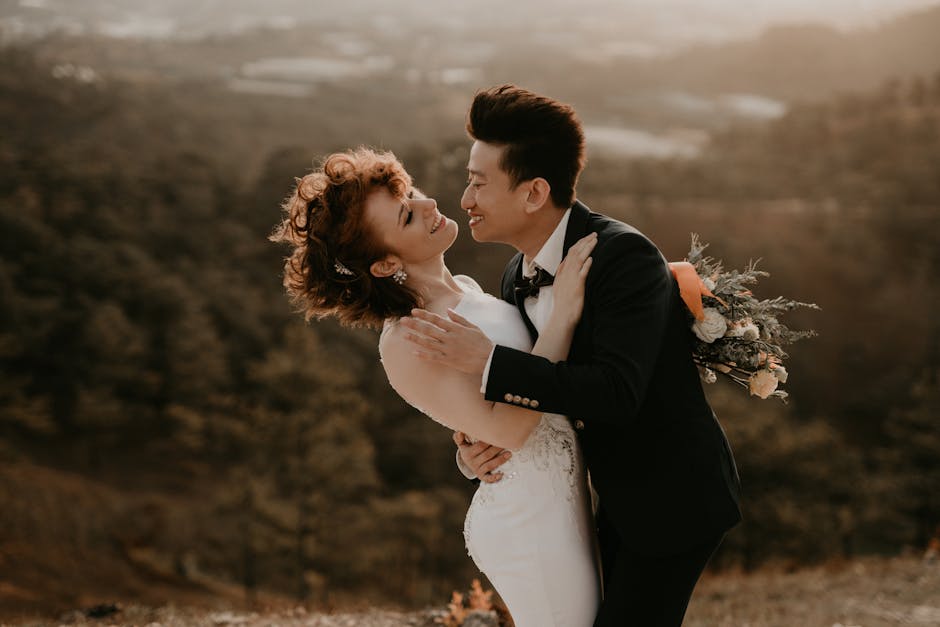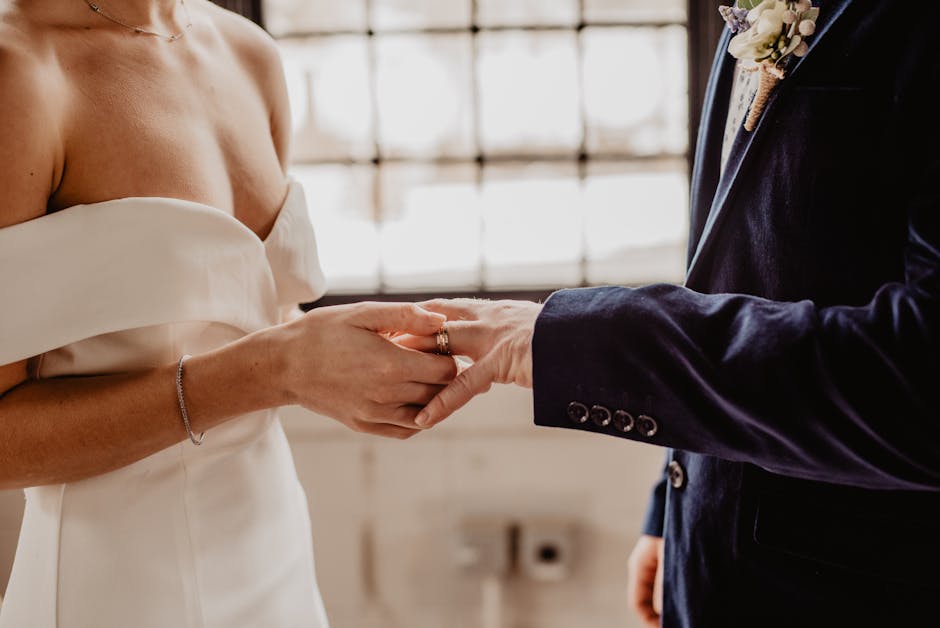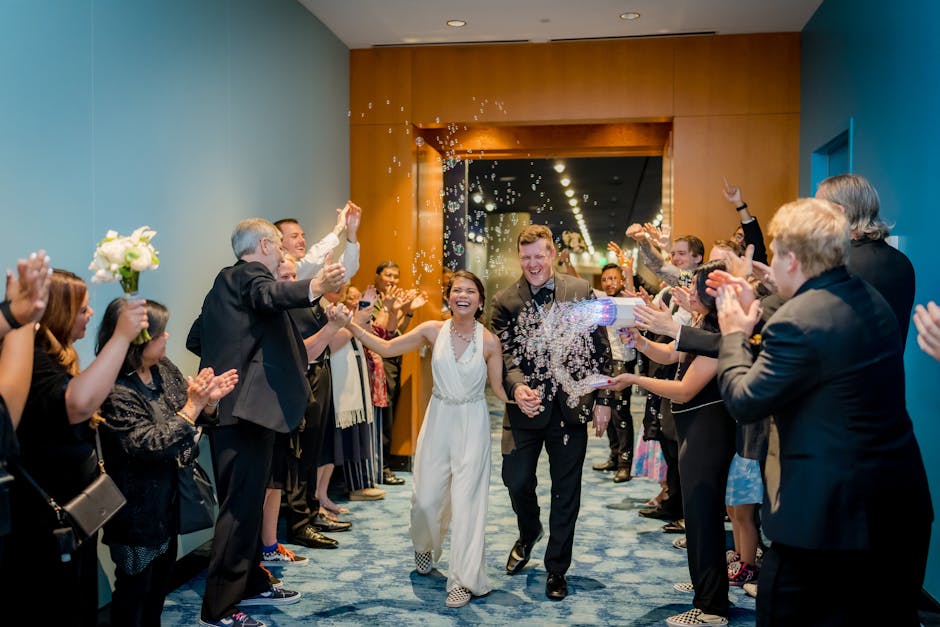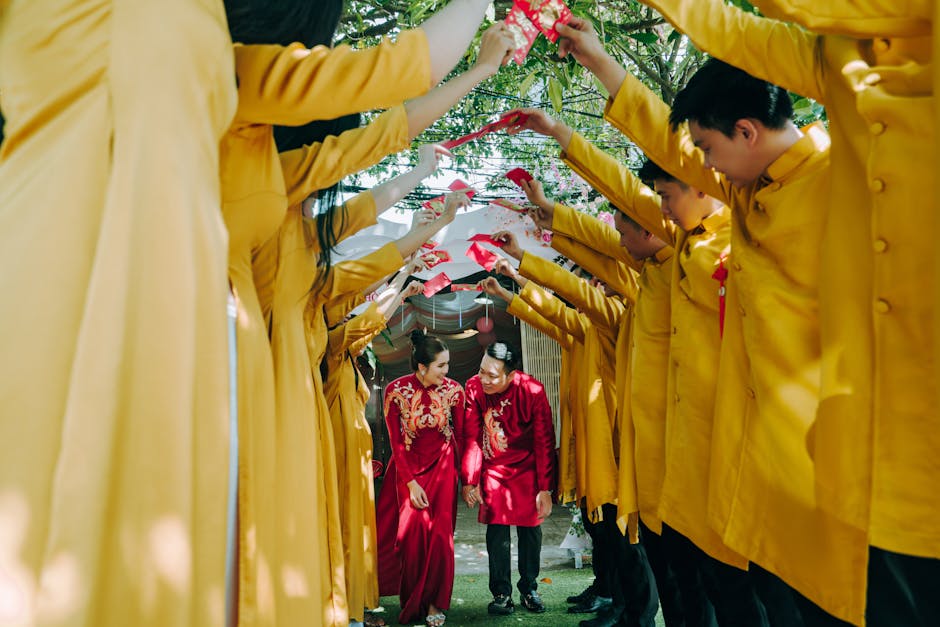Wedding Videography Techniques
Over the years, the wedding videography industry has seen a revolution, moving from plain recording to crafting cinematic narratives. This evolution, driven by technology and creativity, has turned raw video footage into cinematic masterpieces.
It is important to understand that wedding videography goes beyond just capturing the day's event. It involves creating a story that reflects the couple's journey and their emotions on this special day. This not only requires high-quality equipment but also an eye for detail and storytelling.
Regardless of whether you are an aspiring wedding videographer or a couple looking for insights into the process, this guide will help you understand various wedding videography techniques that are in vogue currently. Enjoy this exploration of the art of capturing and creating breathtaking moments that last a lifetime.
Equipment Essentials for Wedding Videography: Choosing the Right Camera, Lighting, and Sound System...

Photo by Pham Hoang Kha on Pexels
Selecting the ideal equipment is paramount in wedding videography to capture high-quality and professional footage. The camera is the heart of the setup. A high resolution camera, preferably 4K, capable of superb low-light performance and great depth-of-field control, is desired.
Lighting is equally important. A supplemental on-camera light proves useful for dim venues. A portable LED light can also be beneficial for client interviews or capturing additional angles.
Audio often gets overlooked, but capturing crystal clear sound is essential. An external microphone is preferred over an in-built one in the camera. Consider lapel microphones for a discreet setup during ceremonies and speeches.
Finally, a decent tripod is a must-have for stabilization. Tailoring your equipment arsenal to each event's unique requirements will ultimately make a significant difference in the final product. Remember, your gear should complement your style for the best results.
Planning and Storyboarding: Visualizing the Wedding Narrative...

Photo by Анна Хазова on Pexels
Planning and orchestrating a successful wedding shoot begins with effective storyboarding. This technique helps in establishing a visceral and evocative narrative by meticulously mapping out each scene.
Start by meeting with the couple to understand their vision. What moments do they anticipate will hold the most emotional weight? How do they wish their love story to unfold?
Next, think on the proximity. Close-ups or wide-angle shots? Sequential frames or jump-cuts?
Storyboarding also aids in deciding which technical aspects to utilize. Tilt-shift for an ethereal feel, or aerial shots for grandeur?
Remember, the objective is to seamlessly weave together the poignant moments of the day into an emotive narrative. A well-executed storyboard intricately weaves the couple’s story – from the anticipatory preparation to the last dance.
In the end, it’s all about storytelling; bring the emotions, the moments, and most importantly, their love story, vividly to life.
Camera Techniques: Utilizing Different Shots and Angles...

Photo by Hasan Gulec on Pexels
Creating dynamic wedding videos requires the mastery of various camera techniques.
Starting with establishing shots sets the stage and helps to immerse viewers in the event. Photographing the venue, crowd, or the decoration puts things in context.
Next, medium shots come into play when capturing the couple's expressions during the ceremony. This gives a more intimate feel, taking the viewer closer to the emotion.
Close-ups serve to emphasize important details like the exchange of rings, the cake cutting or tears of joy.
Experimentation with angles also adds variety and depth. High-angle shots add drama while low-angle shots can depict dominance and power.
Remember, mixing it up and avoiding relying on a single type of shot makes your video more engaging. Stay creative and keep the viewer's interest in mind.
Lighting Techniques: Mastering the Use of Natural and Artificial Light...

Photo by Emma Bauso on Pexels
In mastering wedding videography, lighting is an indispensable tool. Natural light can provide a soft, ethereal look to footage, imbuing it with an almost otherworldly quality. The key lies in understanding how to manipulate it for optimal results.
Equally vital is mastering the use of artificial light. It's essential for situations with low-light or night-time settings, where natural light is unavailable. Subtly placed light sources can enhance imagery, create dramatic shadows or highlight key elements in the scene.
To effectively balance natural and artificial light, it's crucial to understand their interaction. The golden hour, for instance, provides natural light that effortlessly merges with artificial light sources.
Keep in mind, whether you go for a classic style or modern technique, effective lighting can make or break footage, setting the tone for the whole video. It requires careful planning, artful execution, and attention to the minutest detail.
Sound Techniques: Capturing the Vows and Ambient Sound...

Photo by Carsten Vollrath on Pexels
When it comes to capturing vows and ambient sounds, effective sound techniques are essential.
Firstly, use high-grade lavalier microphones on both the bride and groom. Lavalier microphones are small, discreet, and can capture high-quality audio at close range, making them perfect for covering the vow exchange.
Secondly, consider using a shotgun microphone to record ambient sounds. These mics cover a wider area, and they can record sounds that lavaliers might miss, such as the rustling of the bride's gown, the soft whisper of assent from the guests, or the echoed laughter ringing around the room.
Always double-check your audio setup before the ceremonies begin, ensuring nothing interferes with the audio quality. Cleaning up poor audio in post-production can be a challenge and may diminish the overall quality of your final video.
Movement Techniques: Using Stabilizers, Drones, and Other Tools...

Photo by Bruno Massao on Pexels
Mastering movement in wedding videography can differentiate an amateur from a professional. It begins with the art of stabilization.
Effortless, shake-free footage captures the grace of the wedding day best. Using stabilizers, like a gimbal, can help achieve that fluid motion.
Drones bring a cinematic aerial perspective. Sweeping views of the venue and the guests add a dramatic element to the video. However, discretion remains critical to not overwhelm the guests or disrupt the ceremony.
Additionally, the use of sliders, jibs, and dollies add dynamic movements, creating a visual interest that engages the viewer.
Remember, just like the dance of a well-practiced waltz, the key is to use these tools to compose a seamless balance of movement and still shots to captivate viewers in the romantic tale of the day.
Post-Production Techniques: Editing for the Best Wedding Story...

Photo by Ron Lach on Pexels
The editing process is an integral part of wedding videography. A skilled editor, much like a storyteller, pieces together the footage to create an emotional, captivating narrative.
Crafting your story begins with sorting your shots. Selection is key - choose the clips which best capture the day's emotions and little beautiful moments. Remember, less is more.
The next step is sequencing. Consider carefully the flow of images. Does the sequence reflect the timeline of the day?
Subtle transitions can maintain continuity and add creative flair. Don’t overdo it. Simplicity is the central theme.
Sound editing also plays a crucial part. Syncing the audio track with the visuals creates a greater impact. Enhance the narrative with a fitting soundtrack.
Color grading brings out the aesthetics. Soft, warm tones emulate the romantic feel of weddings.
Remember, your ultimate goal is to create a heartfelt, unforgettable memento for the couple.
The Art of Creating a Highlight Reel: Showcasing the Best Moments...

Photo by Trần Long on Pexels
The art of crafting a captivating highlight reel lies in carefully selecting, piecing together, and showcasing the best moments from the wedding day. This is an opportunity for a videographer to truly display his creativity and storytelling abilities.
Start with sequencing clips that create a natural and intriguing storyline. Remember, every second counts in this brief footage, therefore, carefully choose which emotions and events should take center stage.
Also, showcasing joyous, emotional, and spontaneous moments helps to evoke an array of emotions in viewers, drawing them into the couple's love story. The transitions between the clips need to be seamless, making the reel appear like a mini-movie.
In addition, consider the right music that enhances the overall mood of the reel, adding a rich layer of emotion.
With these tips in mind, you'll be able to create a highlight reel that not only encapsulates the essence of the wedding, but also leaves a lasting impression on clients.

